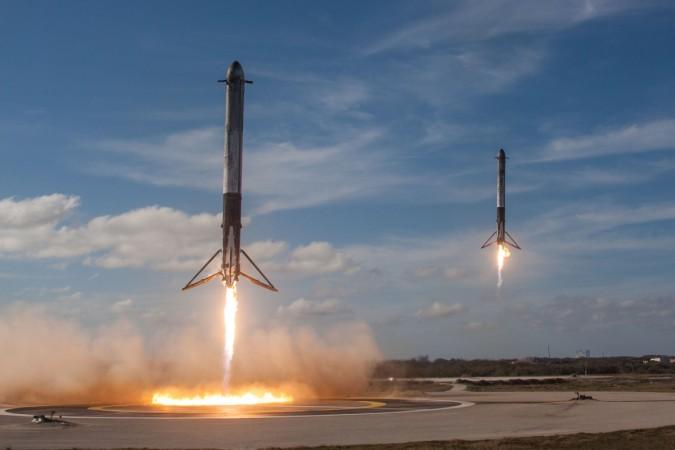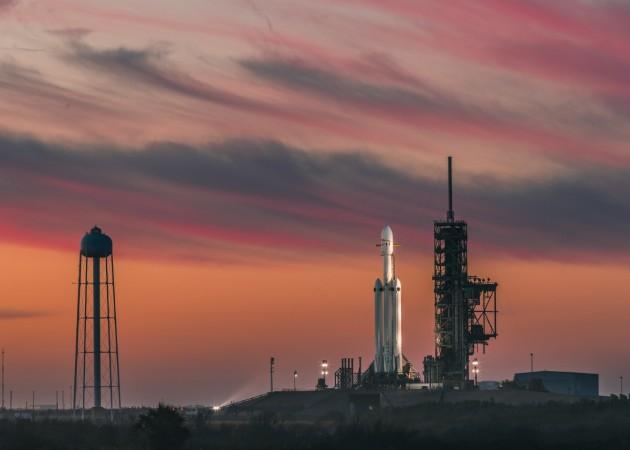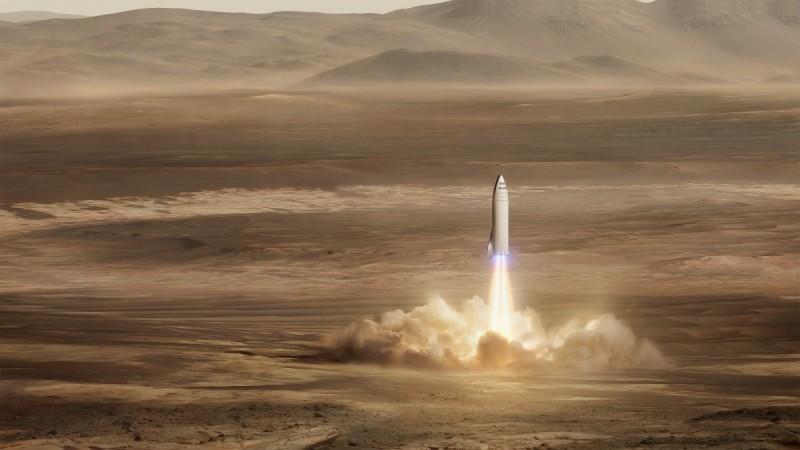Rockets are among the largest, most powerful vehicles ever made by humans and they are really big. Travelling at the speeds they do and carrying as much weight as they need to makes these machines quite massive. While rocket makers almost always share images and video of their launches and in the case of SpaceX- their landings, it can be hard to figure out just how big and majestic they can be.

YouTube channel Corridor Crew recently made a video that explains exactly how big SpaceX's rockets can get and seeing them in scale, next to everyday objects really puts things to perspective. One of the reasons why it is not easy to visualise the size and magnitude of these machines is because of the way they are presented. Launch pads are isolated, normally near the coast, and there is nothing near them except for the sky and a launch tower for scale comparisons, notes the host of the show.

Also, the dimensions as mentioned on a spec sheet is not really easy to compare for size. A Falcon 9, for example, is about 70 metres tall, but how tall is 70 m? It is easy to visualise 70 m in distance on the ground, but height? Not so much. It is also nearly 4 metres in diameter.
The upper stage of a Falcon 9, when a fairing is on, is large enough to contain a city bus. When the Falcon Heavy was launched, the video showed Starman and Elon Musk's Cherry Red Tesla roadster inside one such fairing. The Falcon Heavy, right now the world's most powerful rocket, is in essence three Falcon 9s strapped side by side.

Falcon 9 has now entered its final Block 5 stage and the company says it will be used up to 100 times before retiring it.
The Falcon Heavy, however, is not the largest rocket ever made. That honour goes to the Saturn V. It took men to the Moon and it was built over 4 decades ago.

SpaceX, however, is now working on what will be the largest rocket ever built -- the BFR (politely referred to as the Big "Falcon" Rocket) which is simply huge. It dwarfs anything ever built by SpaceX till now. In fact, it is larger than any space-faring machine ever built by humans. At 106 m tall, it is actually taller than the Statue of Liberty and can carry 150 tons of payload all the way to Mars. The BFR, however is yet to be launched. In fact, it is still under production and its next gen Raptor engines are still being tested.
Elon Musk showed images of just the liquid oxygen tank that will be placed inside BFR. It can hold 1,200 tons of liquid oxygen, he said in a presentation made last year when he first introduced it. The first launch is scheduled for 2022 and crewed launch is expected to happen by 2024, if Musk can keep the project on track.


















